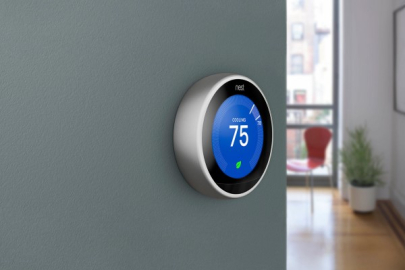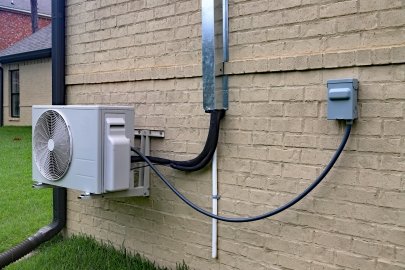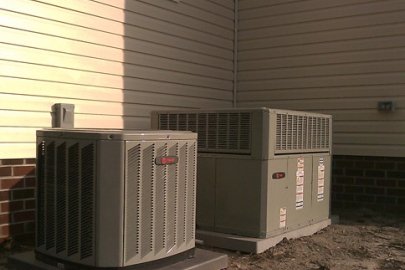Proper operation and maintenance of your heat pump will save energy and ensure efficient performance. Here’s how to get the most out of your heat pump:
Proper Operation of Heat Pumps
- Avoid Setting Back the Thermostat: Do not set back the heat pump's thermostat if it causes the backup heating to come on. Backup heating systems, such as electric resistance or electric strip heaters, are usually more expensive to operate because they are less efficient.
- Optimize Fan Settings: Continuous indoor fan operation can degrade heat pump performance unless your system uses a high-efficiency, variable-speed fan motor. Operate the system on the "auto" fan setting on the thermostat.
- Use a Programmable Thermostat: Consider installing a programmable thermostat with multistage functions suitable for a heat pump. This can help maintain optimal temperatures without unnecessary energy use.
Professional Maintenance for Heat Pumps
You should have a professional technician service your heat pump at least once a year. When choosing a technician, consider someone certified from an Energy Skilled-recognized certification program, such as those from DOE's Heat Pump Programs. Skilled professionals can offer the most reliable service and troubleshooting. The technician can:
- Inspect ducts, filters, blower, and indoor coil for dirt and other obstructions.
- Diagnose and seal duct leakage.
- Verify adequate airflow by measurement.
- Verify correct refrigerant charge by measurement.
- Check for refrigerant leaks.
- Inspect electric terminals, clean and tighten connections if necessary, and apply nonconductive coating.
- Lubricate motors and inspect belts for tightness and wear.
- Verify correct electric control, ensuring that heating is locked out when the thermostat calls for cooling and vice versa.
- Verify correct thermostat operation.
Heat Pump Maintenance Tips
Like all heating and cooling systems, proper maintenance is key to efficient operation. The difference between the energy consumption of a well-maintained heat pump and a severely neglected one can range from 10% to 25% (NREL).
- Change Filters Regularly: Clean or change filters every 3 months or as recommended by the manufacturer or installer. Better filtration is available from 1-inch pleated filters with higher MERV ratings, which improve indoor air quality. While thicker pleated filters (more than 1 inch) can also provide superior filtration, they typically require a modification to the filter cabinet. However, using high-efficiency 1-inch pleated filters does not always necessitate as frequent filter changes as thinner filters. Be sure to maintain the system according to the manufacturer’s instructions to maximize efficiency and indoor air quality.
- Clean Outdoor Coils: Clean heat pump outdoor coils whenever they appear dirty. With the power to the fan turned off, remove vegetation, dust, pollen, and clutter from around the outdoor unit.
- Ensure Proper Airflow: Proper return pathways are essential for efficient operation. In homes with a single central return in a hallway, consider how air delivered to a bedroom can return to the hallway when the bedroom door is closed. Solutions include adding additional return duct runs, undercutting doors to allow adequate airflow, installing transfer ducts through walls and doors, and retrofitting jumper ducts that connect the bedroom to the hallway.
- Maintain Supply and Return Registers: Clean the supply and return registers inside your home and straighten their fins if bent.
Take Action
Regular maintenance and proper operation are essential for the efficiency and longevity of your heat pump. For more tips on maintaining your heat pump and to find ENERGY STAR certified models, visit the ENERGY STAR website. To ensure your system is installed correctly and maintained regularly by a certified professional, explore the DOE Energy Skilled Heat Pump Programs. Proper installation and servicing maximize both efficiency and savings.
Learn More About Heat Pumps
Subscribe to receive updates and energy-saving tips for consumers and homeowners.







